Muscle cars were once the kings of American roads, celebrated for their raw power and roaring engines. However, the introduction of stricter emissions laws in the 1970s marked the beginning of the end for some iconic models. These regulations, aimed at reducing air pollution, forced manufacturers to make significant modifications, often at the cost of performance and appeal. Here are five legendary muscle cars that couldn’t survive the tightening grip of emissions standards.
Pontiac GTO
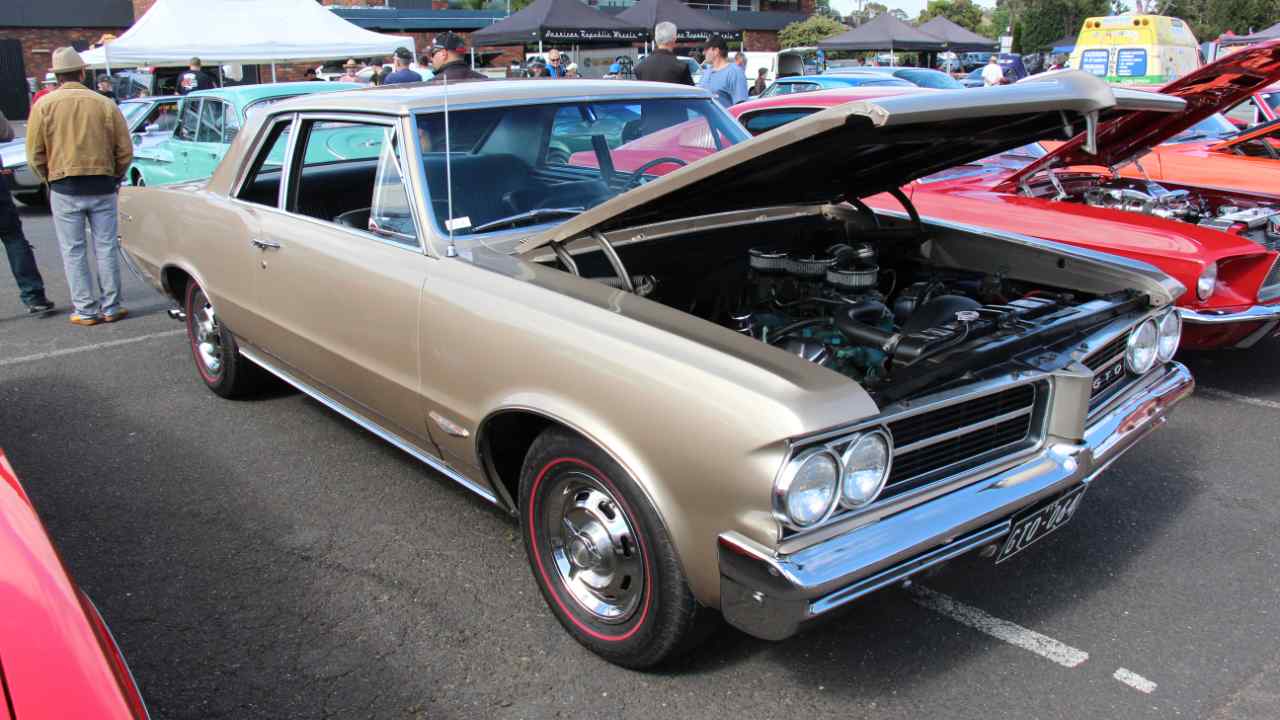
The Pontiac GTO, often referred to as the first true muscle car, made its debut in 1964. It quickly gained a reputation for its powerful engine options and aggressive styling. Unfortunately, by the mid-1970s, emissions regulations began to take their toll. The 1973 model, for instance, saw a drop in horsepower as Pontiac struggled to comply with new standards. By 1974, the GTO had been reduced to an option package on the Ventura, losing much of its former glory.
Despite its decline, the GTO’s impact on the automotive world remains significant. It laid the groundwork for future muscle cars and remains a beloved classic among enthusiasts. The GTO’s inability to adapt to the changing regulatory landscape, however, ultimately led to its demise in 1974, leaving a void that Pontiac never quite managed to fill.
Dodge Charger
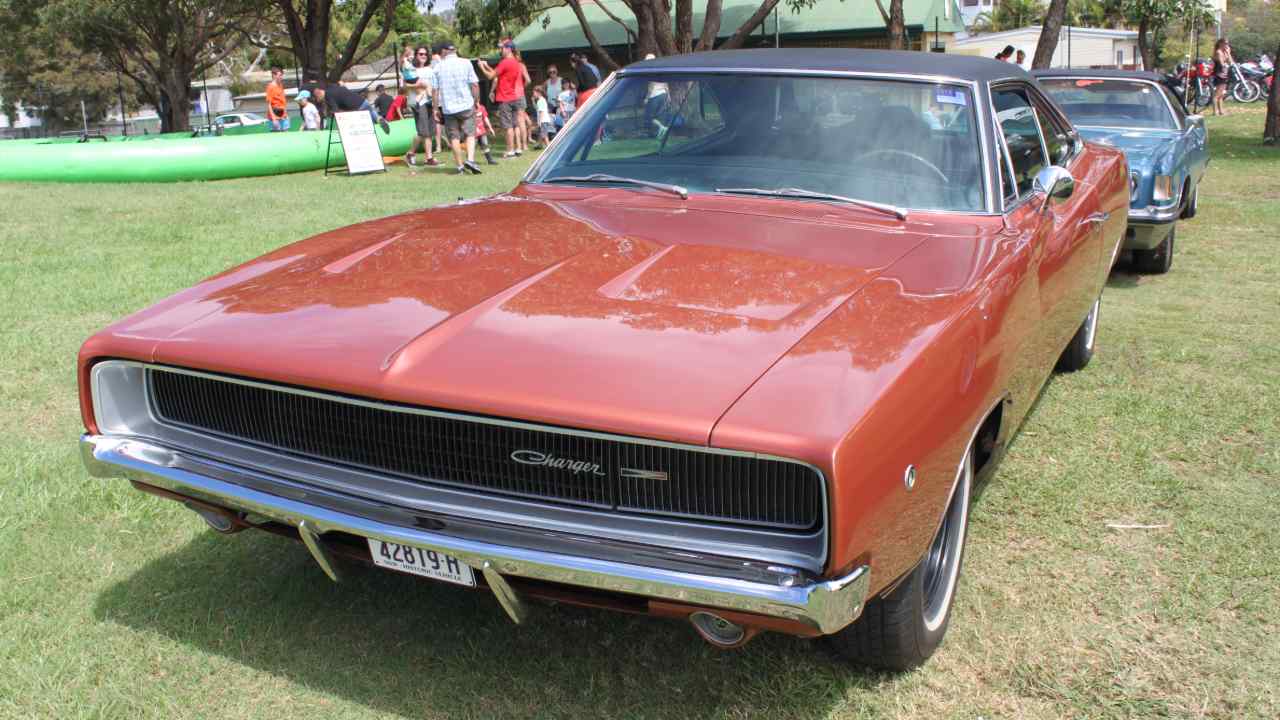
The Dodge Charger is another muscle car icon that fell victim to emissions regulations. The second-generation Charger, produced between 1968 and 1970, is perhaps the most famous iteration, with its sleek design and powerful V8 engines. However, as emissions laws grew stricter, Dodge was forced to make compromises. By 1975, the Charger had transitioned into more of a personal luxury car, sacrificing performance for compliance.
The once-mighty Charger saw its engine options limited and its horsepower reduced significantly. While the Charger nameplate has survived through various iterations, the original muscle car spirit was heavily diluted. The early Chargers remain a testament to an era when power and performance reigned supreme, highlighting the impact of emissions laws on automotive history.
Chevrolet Chevelle SS
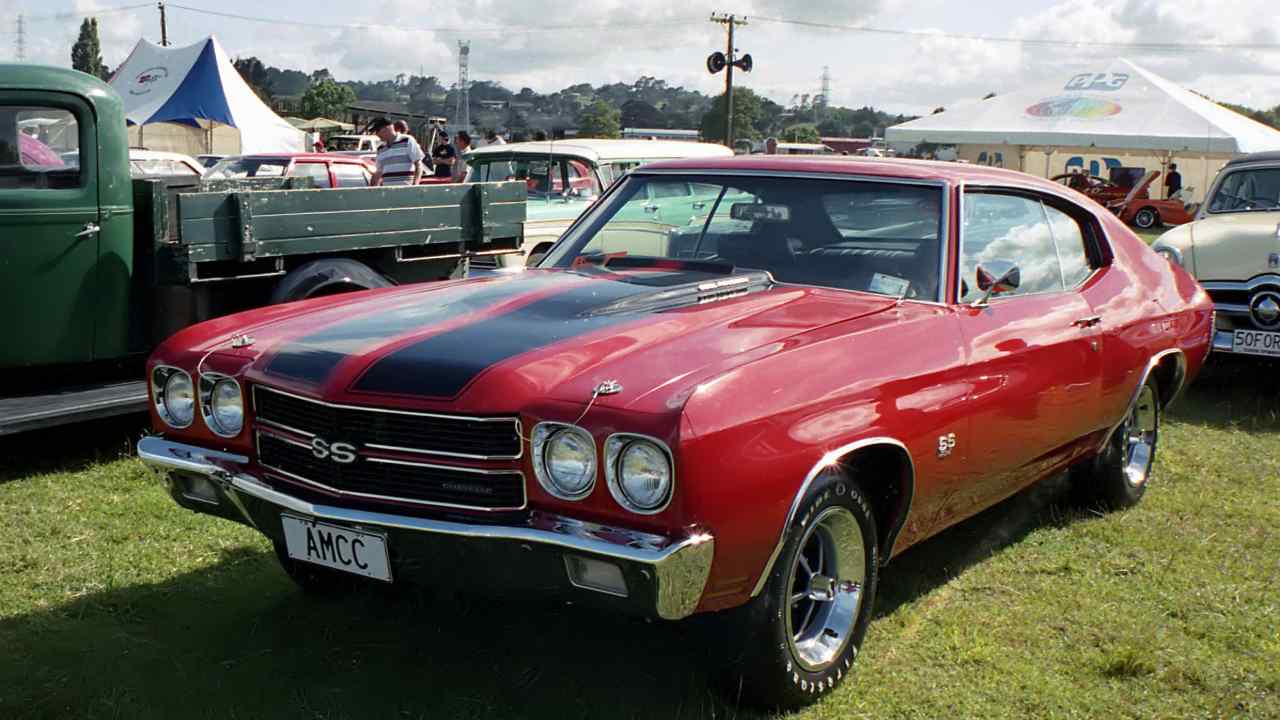
The Chevrolet Chevelle SS was a standout in the muscle car era, known for its impressive power and striking design. The 1970 Chevelle SS 454, equipped with the LS6 engine, boasted a formidable 450 horsepower, making it one of the most powerful cars of its time. However, as emissions standards tightened, the Chevelle SS faced significant challenges.
By 1973, Chevrolet had to make drastic changes to meet new regulations, resulting in decreased performance and appeal. The once-dominant Chevelle SS struggled to maintain its status as a muscle car leader, and by 1977, the Chevelle name was retired altogether. The Chevelle SS remains a symbol of the golden age of muscle cars, illustrating the profound impact of emissions laws on the industry.
Ford Mustang Boss 429
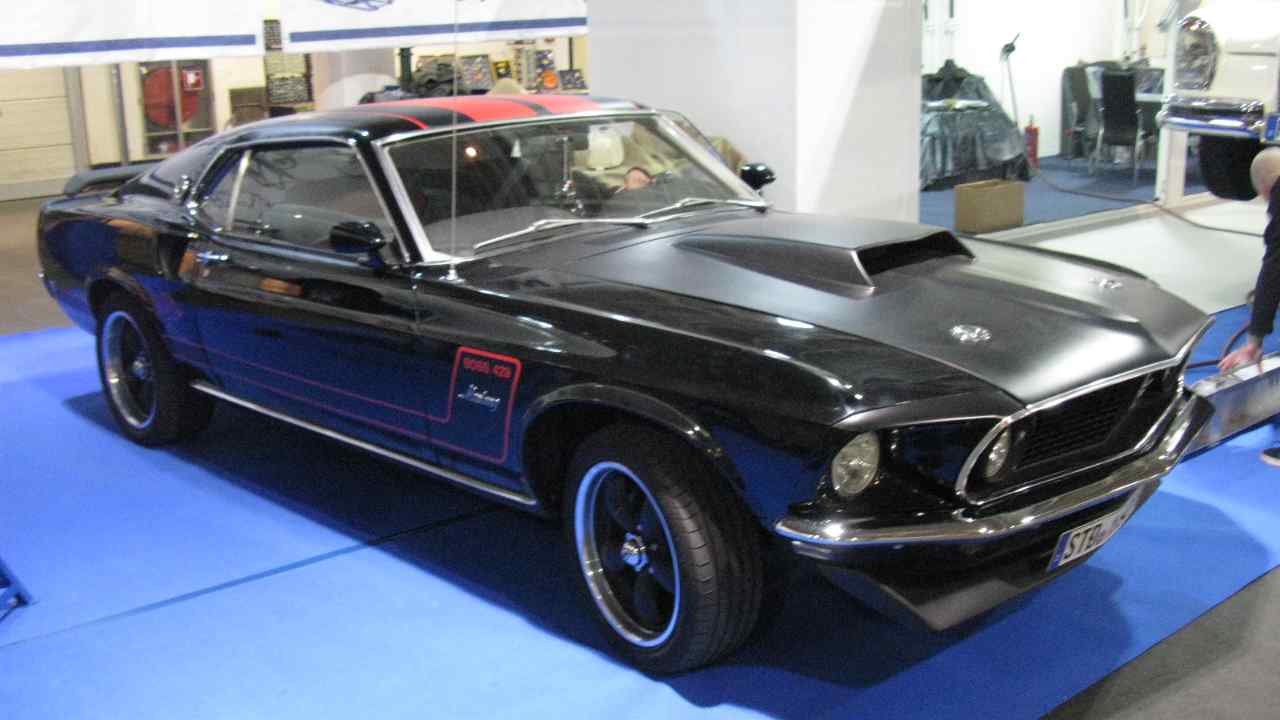
The Ford Mustang Boss 429 is a revered name among muscle car aficionados, originally designed as a homologation car for NASCAR. Produced in limited numbers between 1969 and 1970, it featured a massive 429 cubic inch V8 engine, delivering exceptional performance. However, the introduction of emissions regulations presented insurmountable challenges for this powerhouse.
Ford made the difficult decision to discontinue the Boss 429 after the 1970 model year, as the car could not meet the new emissions standards without sacrificing its performance-oriented nature. Although the Mustang name continues to thrive, the Boss 429’s short-lived production run remains a poignant example of the impact of emissions laws on high-performance vehicles.
Plymouth Barracuda
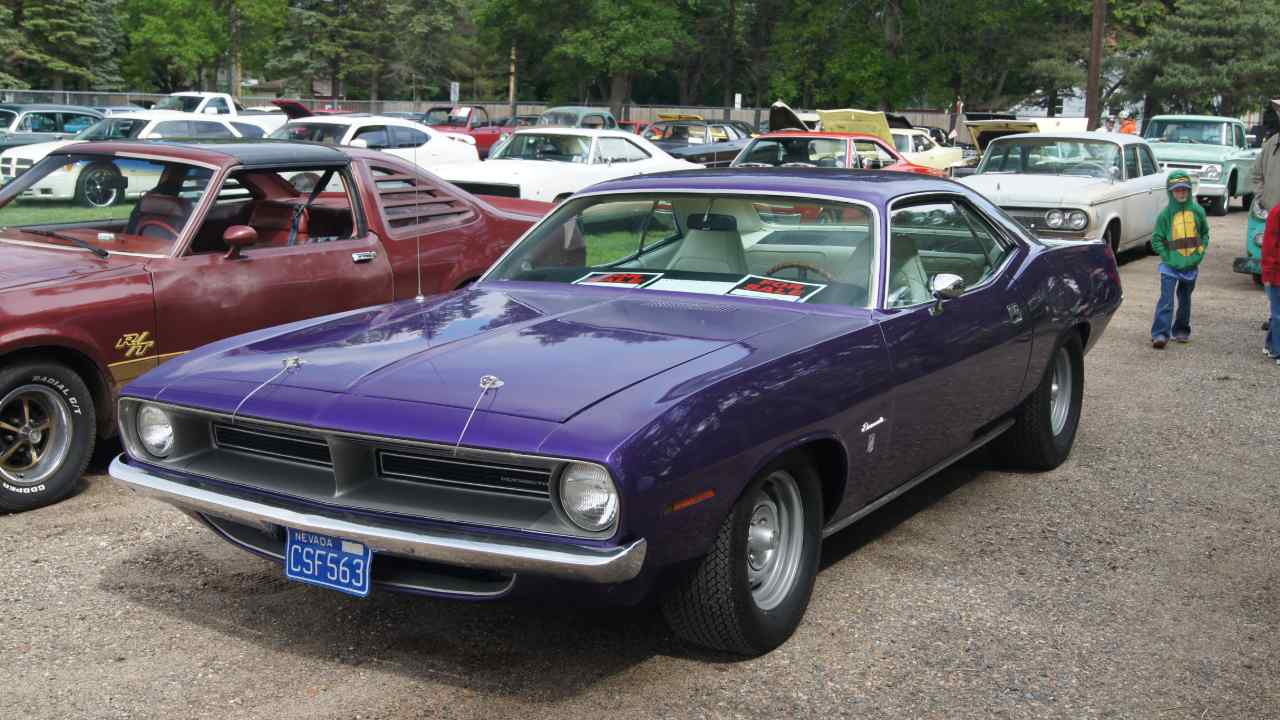
The Plymouth Barracuda was a prominent player in the muscle car scene, especially with its third-generation models produced from 1970 to 1974. Known for its striking design and powerful engine options, the ‘Cuda developed a loyal following. However, the onset of stricter emissions regulations in the early 1970s started to affect its performance credentials.
By 1974, the Barracuda faced declining sales and increased difficulty in meeting emissions standards. Plymouth decided to discontinue the model, marking the end of an era for the brand. The Barracuda’s legacy lives on as a beloved classic, and its demise serves as a reminder of the automotive industry’s shift towards more environmentally conscious vehicles.
Like Fast Lane Only’s content? Be sure to follow us.
Here’s more from us:
*Created with AI assistance and editor review.

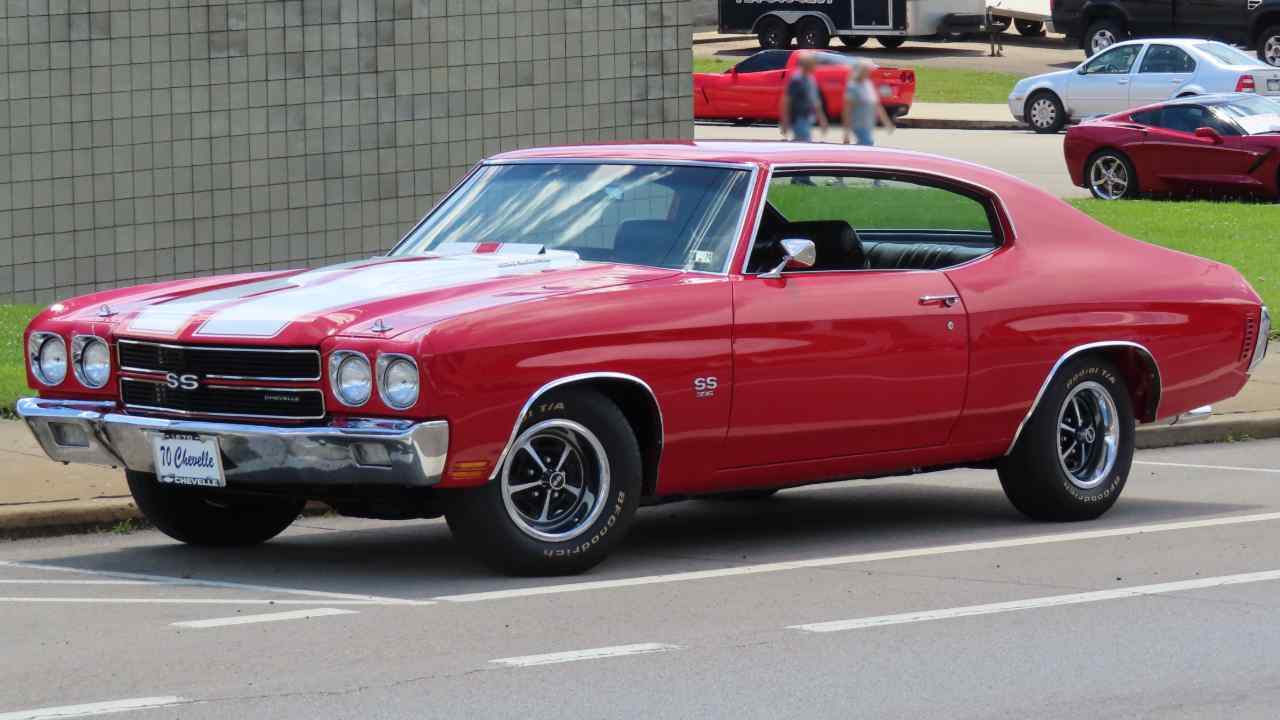
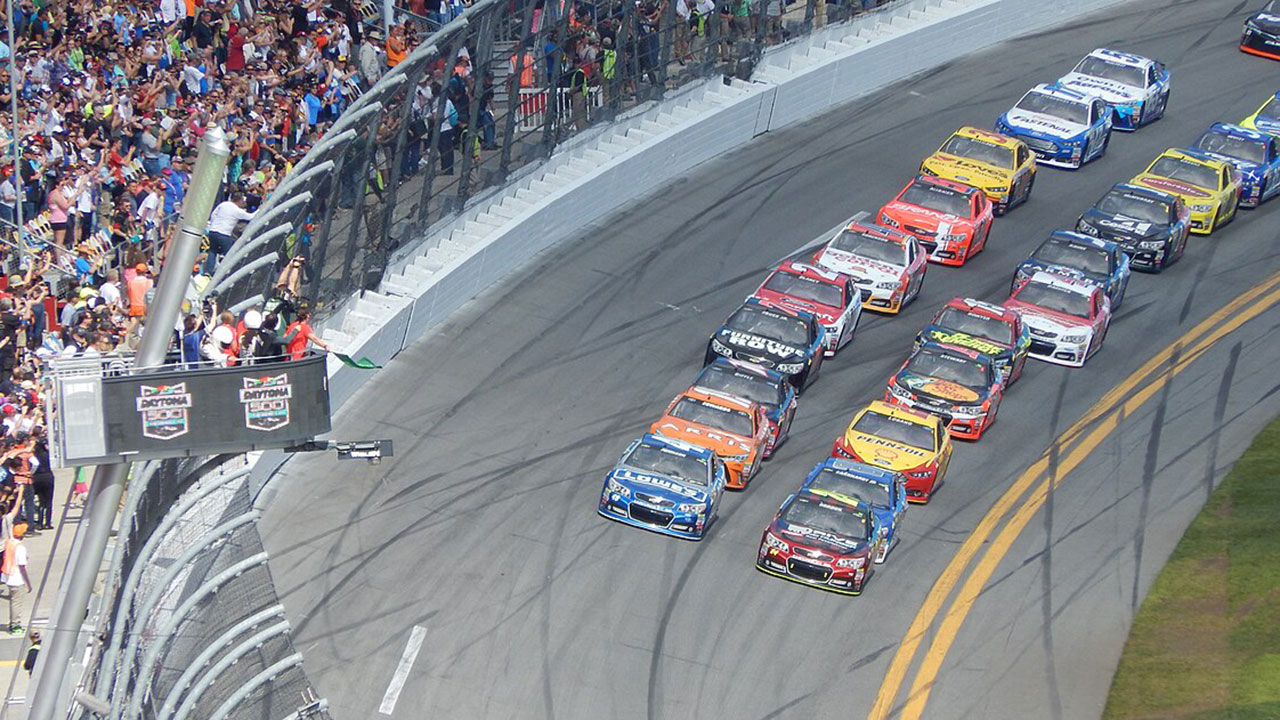

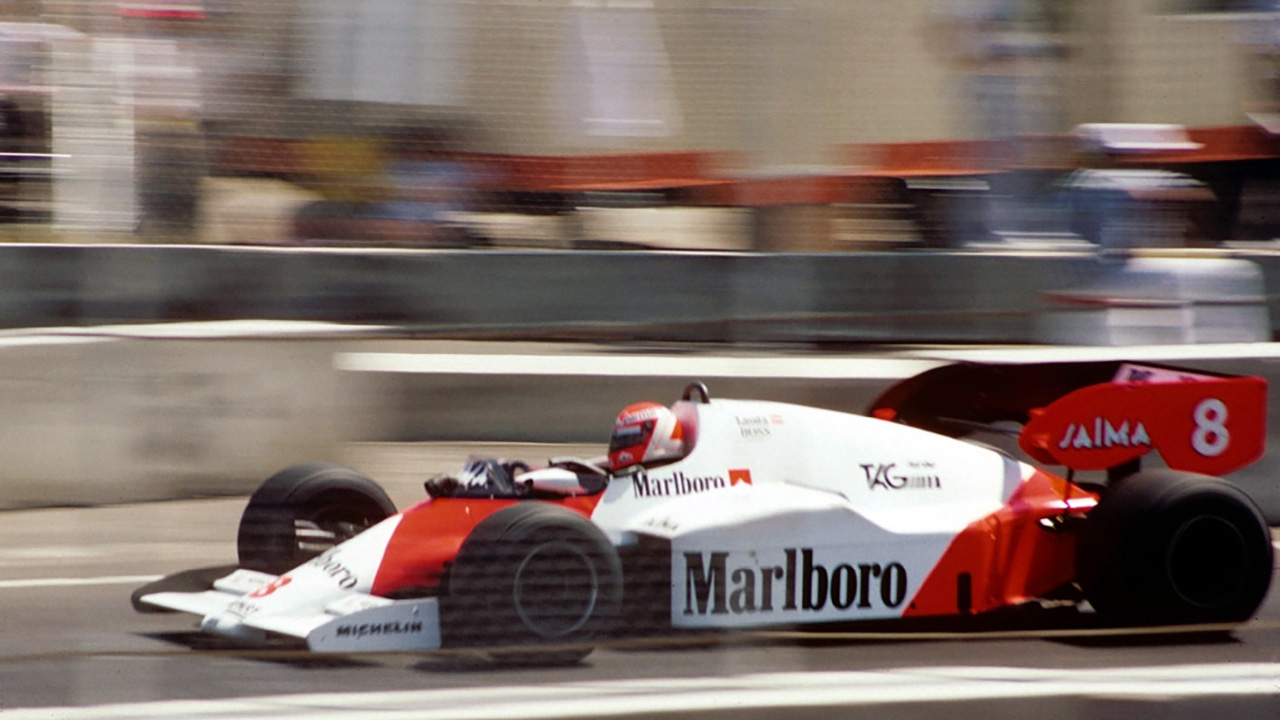
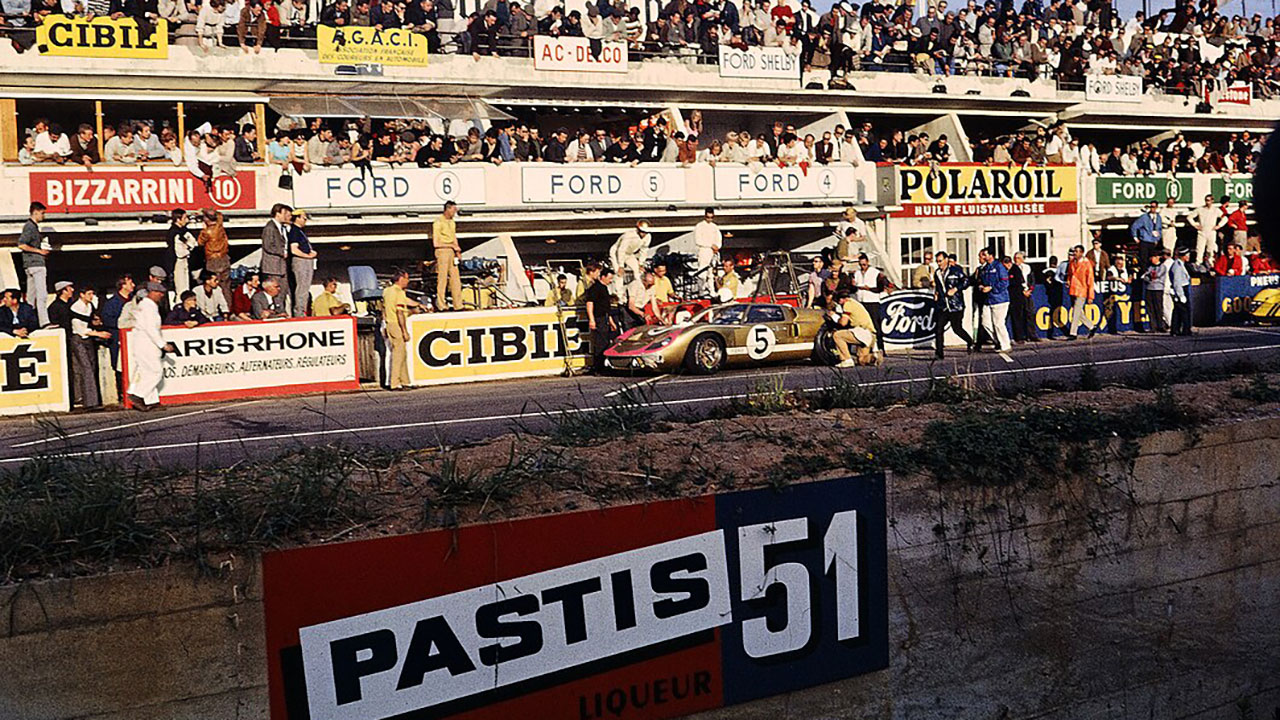
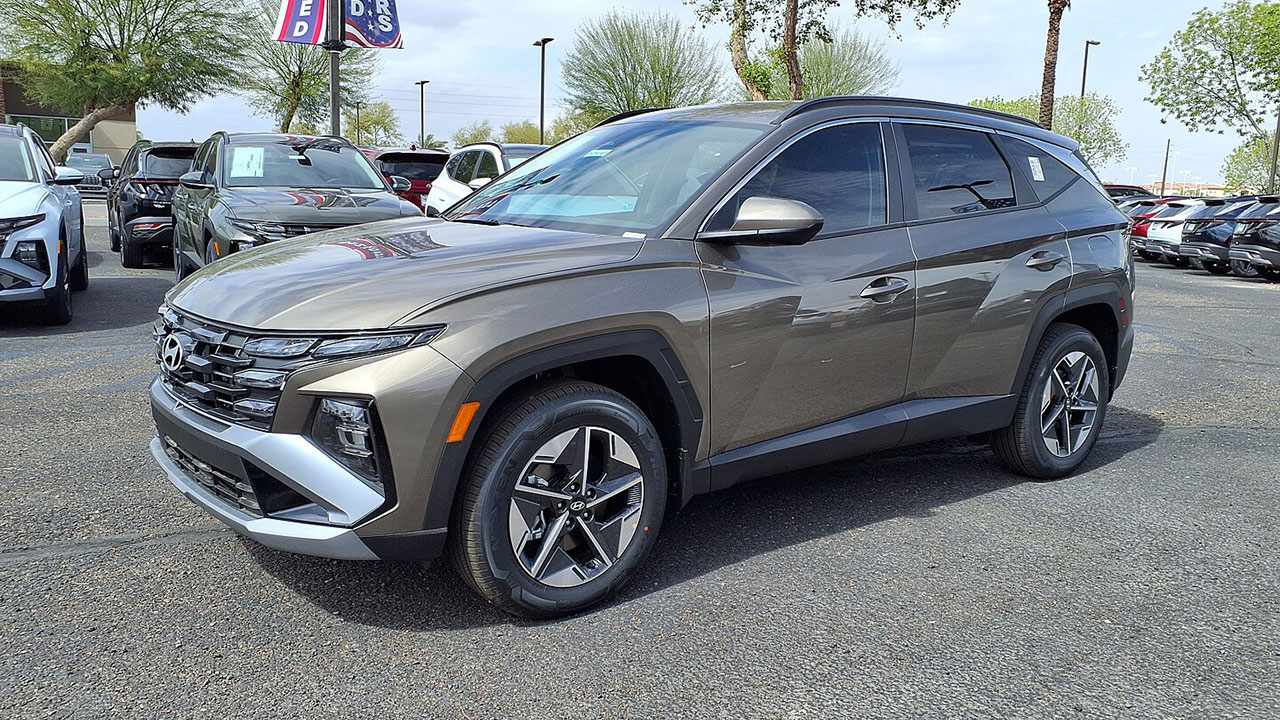
Leave a Reply